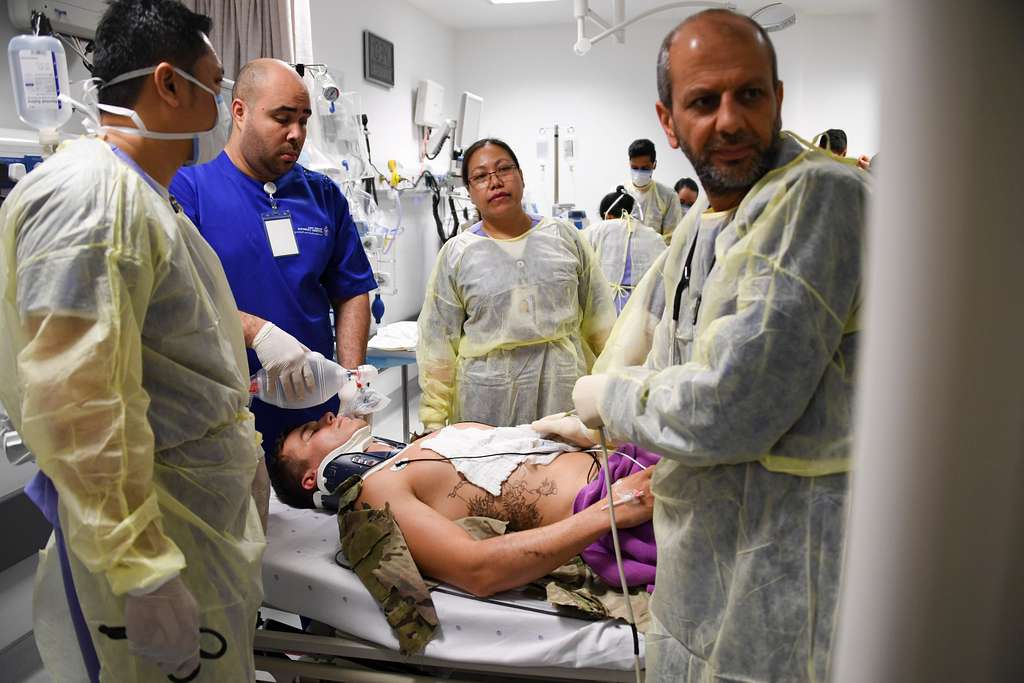Every second counts when treating a stroke, so Emergency Room doctors act quickly and decisively. Timely action can prevent serious brain damage. Emergency room teams follow proven protocols to assess symptoms and begin treatment immediately. Their swift response helps increase the chances of recovery and reduce long-term effects.
The first hour after stroke symptoms appear is often referred to as the “golden hour.” Rapid diagnosis and treatment during this time significantly improve outcomes by minimizing brain damage and increasing the chances of recovery. Emergency room doctors focus on four primary steps within this window.
Four Primary Stroke Symptoms
ER teams rely on the BE FAST test to quickly recognize signs of a stroke:
- Balance issues or dizziness
- Eyesight changes, such as blurred or double vision
- Facial drooping or one side of the face looking uneven
- Arm weakness or difficulty lifting one arm
- Speech difficulties, such as slurred or incoherent speech
- Time to call for emergency assistance
This quick assessment allows first responders and ER staff to identify potential strokes immediately.
Neurological Examination and Imaging
Upon arrival at the ER, physicians perform a detailed neurological evaluation to confirm the initial diagnosis. To pinpoint the cause and type of stroke, advanced imaging techniques like CT scans or MRI scans are conducted. These tests help differentiate ischemic strokes (caused by clots) from hemorrhagic strokes, as both types require distinct treatments.
Rapid Treatment Initiation
Treatment starts immediately after the stroke type is identified. For ischemic strokes, doctors may use tPA, a clot-dissolving drug. It must be given within 4.5 hours of symptoms starting. If tPA isn’t an option, a mechanical thrombectomy may be used to remove the clot.
Hemorrhagic stroke treatment focuses on stopping the bleeding and lowering brain pressure. Medications may help manage high blood pressure. In severe cases, emergency surgery like a craniotomy may be necessary. These measures aim to protect brain function and prevent further damage.
Emergency Room to Recovery
After the initial treatment, the patient is closely monitored in the emergency room or transferred to the intensive care unit. The ICU offers specialized stroke care for patients requiring constant observation and support. Medical staff track vital signs and watch for any signs of complications. This helps make sure that any changes in the patient’s condition are addressed immediately.
Neurospecialists and neurologists work together to assess the patient’s ongoing risks and needs. They develop individualized care plans focused on recovery and long-term health. Their goal is to support the healing process while preventing future strokes. Continuous evaluation helps adjust treatments based on the patient’s progress.
Respond to Stroke Symptoms Immediately
Emergency room doctors and nurses act quickly to treat stroke patients, often saving lives in the process. Their teamwork and fast decision-making make a big difference during those first critical moments. Every second counts, and their rapid response helps improve the chances of recovery.
If you notice stroke symptoms in yourself or someone else, act immediately. Call emergency services and don’t wait for symptoms to improve. Timing matters, and early treatment can prevent lasting damage. Trust trained medical professionals to handle these emergencies effectively.
- When to See a Foot and Ankle Surgeon
- Top Benefits of Visiting a Vein Clinic for Early Treatment of Vein Issues
- The Intersection of Gynecology and Endometriosis Treatment
- Regenerative Orthopedics for Post-Surgery Healing
- The Role of Pain Management in Living with Chronic Pain
